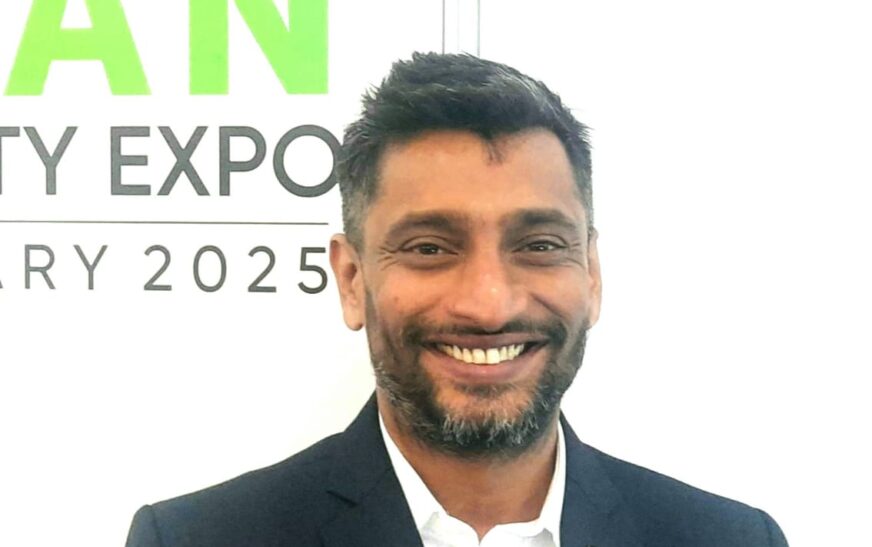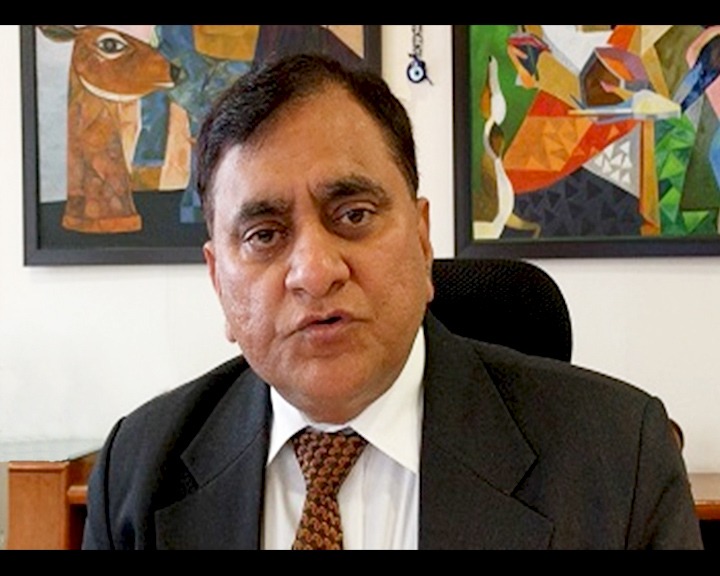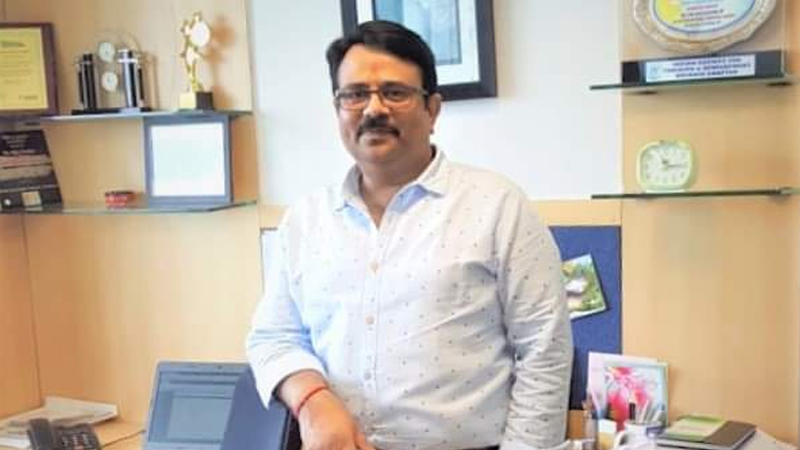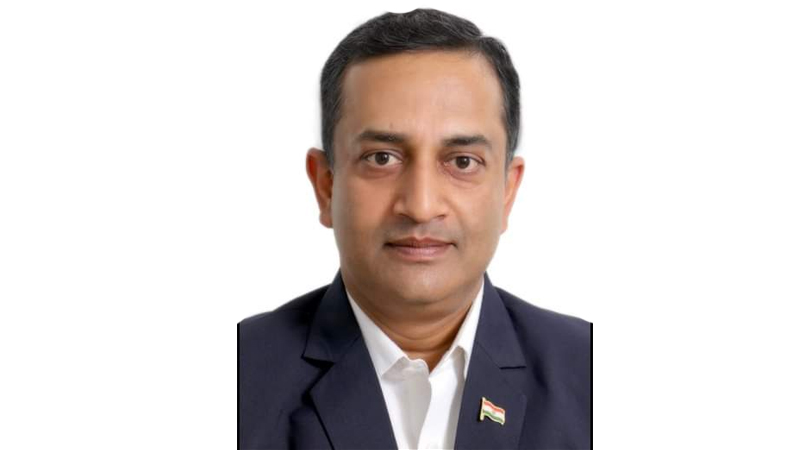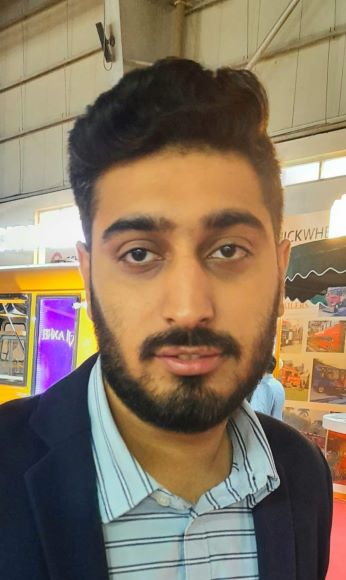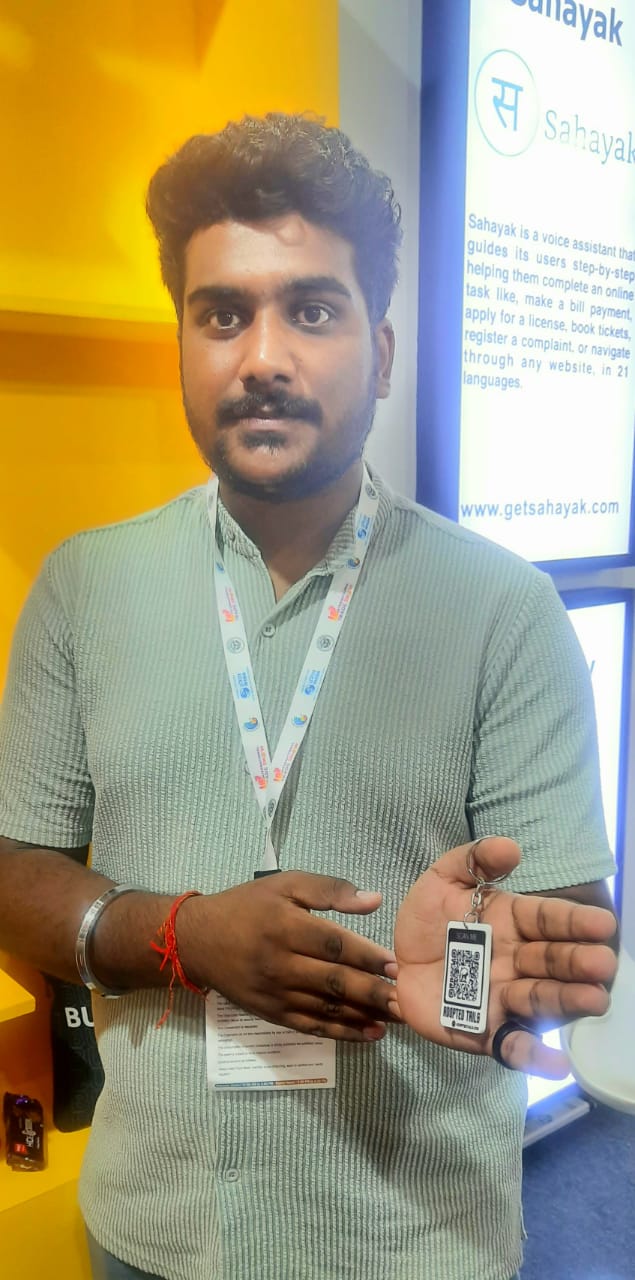Founded in 2011 and headquartered in Mumbai, India, Aerpace Industries Limited is reshaping the future of transportation with its cutting-edge all-electric air mobility solutions. At the heart of its innovation is the aerWing, an unmanned electric vertical take-off and landing (eVTOL) aircraft. The aerWing is designed for diverse applications, including aerTaxi for passenger travel, aerDrive for personal commuting, aerCargo for freight transportation, and aerCare for emergency medical services. Complementing this technology is the aerDock, a fully automated docking station. Space-efficient and highly functional, the aerDock can accommodate hundreds of travellers daily without the need for waiting.
Aerpace’s mission is clear: to revolutionize interstate and intercity travel by making it faster, more economical, and accessible to all. Crucially, the company ensures zero emissions during operations, utilizing hydrogen energy distribution for a more sustainable future.
In an exclusive interaction with The Interview World, Mandar Pimple, Chief Marketing Officer of Aerpace Industries, delves into the company’s strategic vision. He outlines how Aerpace plans to transform both rural and urban transportation landscapes, detailing the ecosystem’s facilities, infrastructure requirements, and operational roadmap for India. Additionally, he shares insights on the cost structure of rides and the expected launch timeline. Below are the key takeaways from this insightful conversation.
Q: How is Aerpace Industries planning to revolutionize the future of transportation?
A: Aerpace aims to bridge the gap between rural areas and metropolitan cities. The goal is not for everyone to relocate to metros for work or logistics needs. Whether it’s transporting perishable goods or responding to medical emergencies, the infrastructure required to support these essential services is vital. Many people hesitate to stay in rural areas or return to their native places due to limited connectivity and opportunities. Aerpace seeks to empower individuals by enabling seamless, efficient access between rural regions and metro cities, transforming mobility and accessibility for all.
Q: What types of facilities do you plan to offer through the ecosystem?
A: We offer a range of services, including emergency medical support through air ambulances and logistics via air cargo. Our vision is to create a comprehensive public transportation system that enhances mobility. At the core of our services is the air taxi, providing efficient urban transportation. aerCare focuses on emergency medical services, while aerCargo caters to logistics, bringing significant benefits to the sector. Additionally, we have a unique service that allows you to fly with your car. With the aerWing, you can load your car onboard and begin your journey from home. Once inside the airWing, you can drive directly to your destination, combining the convenience of personal transport with the efficiency of air travel.
Q: What kind of infrastructure is necessary to support this, and how is your company planning to provide it?
A: Our goal, as mentioned earlier, is to establish a comprehensive public transportation system. Central to this vision is the aerDock, which will serve as a hub for vertical takeoff and landing. These aerDocks will span no more than 20 to 25 acres, as the technology we use does not require long runways—unlike traditional aircraft or gliders. The vertical landing and takeoff systems make efficient use of smaller areas, helping to create streamlined infrastructure. This approach will significantly contribute to improving the country’s transportation network.
Q: What are your company’s plans for expanding or growing in India?
A: We are focusing on launching our services in India because of its vast geographic expanse, which perfectly aligns with our ecosystem. Our operations are designed for distances ranging from 200 to 800 kilometers, an optimal span for both road and air travel. For us, a 100-kilometer journey is suitable by car, while 200 kilometers is still within a reasonable driving range. Beyond 800 kilometers, air travel becomes the preferred mode. This unique geographical advantage of India, with its expansive distances, makes it the ideal market for our integrated services, blending both road and air travel seamlessly.
Q: How many aerDocks do you plan to establish in each district?
A: We plan to establish two aerDocks in each district on average. Ideally, the distance between any aerDock and your location will be no more than 20 to 25 kilometers, ensuring convenient access to flights whenever you need them.
Q: When will the services be operationalized, and what certifications are required for these services?
A: Our government, along with the DGCA, is actively working on developing these systems. As a result, this exhibition expo has become a key platform for showcasing a variety of electric vertical take-off and landing (eVTOL) aircraft. We are confident that the government will soon issue the necessary guidelines, and we are eagerly awaiting their release. Currently, they are in the process of finalizing these regulations.
Q: When will the service be launched?
A: We hope to gain a clearer understanding of compliance requirements soon. I am confident that we will be able to meet those expectations. Cavok Engineering, known for producing some of the heaviest drones, is a key player in this space. They have already developed 1.3 payload drones and serve as our technical partner. This French company is currently working on the vehicle licensing process, and we will receive all relevant data from them. As I mentioned, we are still in the process of fully understanding the applicable regulations and compliance standards.
Q: How will you calculate the cost of a ride?
A: Our goal is to develop an aerWing designed for air taxis. For example, with six passengers, the fare will be around 20 to 25 rupees per kilometer, translating to just 4 rupees per passenger per kilometer. We aim to position ourselves as a public transportation provider, ensuring affordability so that everyone can use the service, giving people the opportunity to grow. Growth, after all, is key. In India, metro cities continue to become increasingly crowded. Every child’s dream is to move to these cities—whether it’s Mumbai, Bangalore, or Delhi. We want to make this dream more accessible and sustainable for all.
Q: Will the pilot be provided by your company, or will the regular commuter fly the aircraft themselves?
A: Our system works as a public transportation network, with all operations controlled by us or the relevant authorities. This ensures a system of checks and balances for safety and efficiency. While we are working towards developing autonomous drones, we will initially rely on pilots or operators to fly the drones, in accordance with government regulations.


